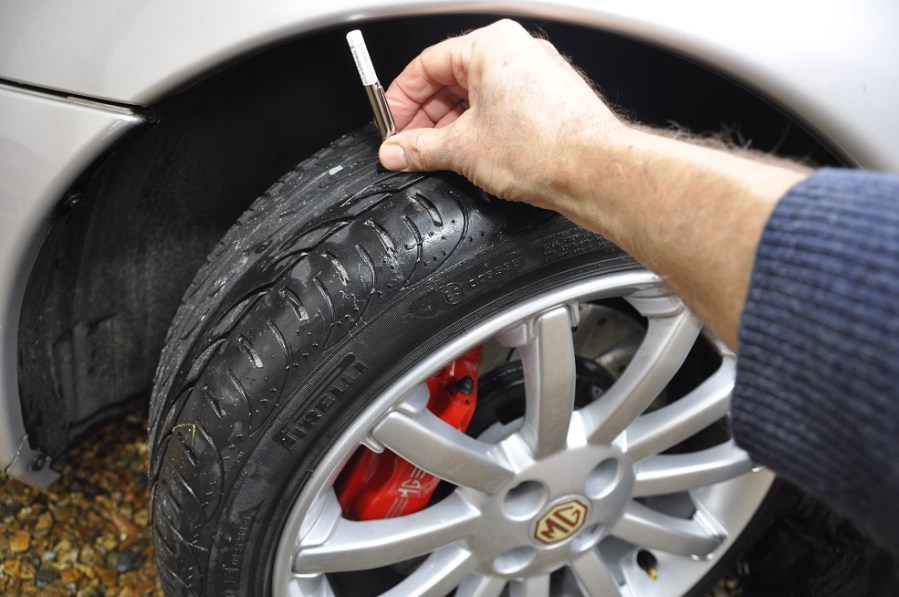The government is currently consulting on plans to ban tyres aged 10 years or older fitted to buses, coaches, lorries and minibuses, which could lead to a new law being introduced to ban old tyres on these vehicles from 2020. A 10-week consultation on the new regulations has been gathering opinions on whether the ban should also be extended to taxis and private hire vehicles.
The consultation follows a campaign by Frances Molloy, whose son died in a coach crash caused by a 19-year-old tyre in 2012, and begs the question as to whether similar legislation should apply to private cars.
A statement by the Royal Society for the Prevention of Accidents (RoSPA) states that “tyres do deteriorate with age, which increases the risk of tyre failure” but goes on to say how tyre manufacturers do not seem to have a consistent recommendation because the roadworthiness of a tyre depends on many factors, including the condition in which they are stored, usage, road conditions, how well they are maintained and driving style.
RoSPA’s recommends owners should check the condition of their tyres for any age-related defects, which include cracking or crazing on the side wall, distortion of the tread and deformation of the carcass, including flat spots.
Although tyres must have at least 1.6mm of tread throughout a continuous band around the centre three quarters of the tyre, most manufacturers recommend that tyres are changed when they reach 3mm. But even tyres with plenty of tread can need changing. Ben Field of Vintage Tyres believes that the UK has obsession with tread depth rather than age. “If you get someone with 5 or 6mm of tread, which is really common, they think it will last forever,” he said.
“We say anything that’s over 10 years old shouldn’t be on the car, and we won’t touch anything that’s over eight years old because it’s just too much of a risk.”
A date decoder can be found on the Vintage Tyres website, via www.vintagetyres.com.





